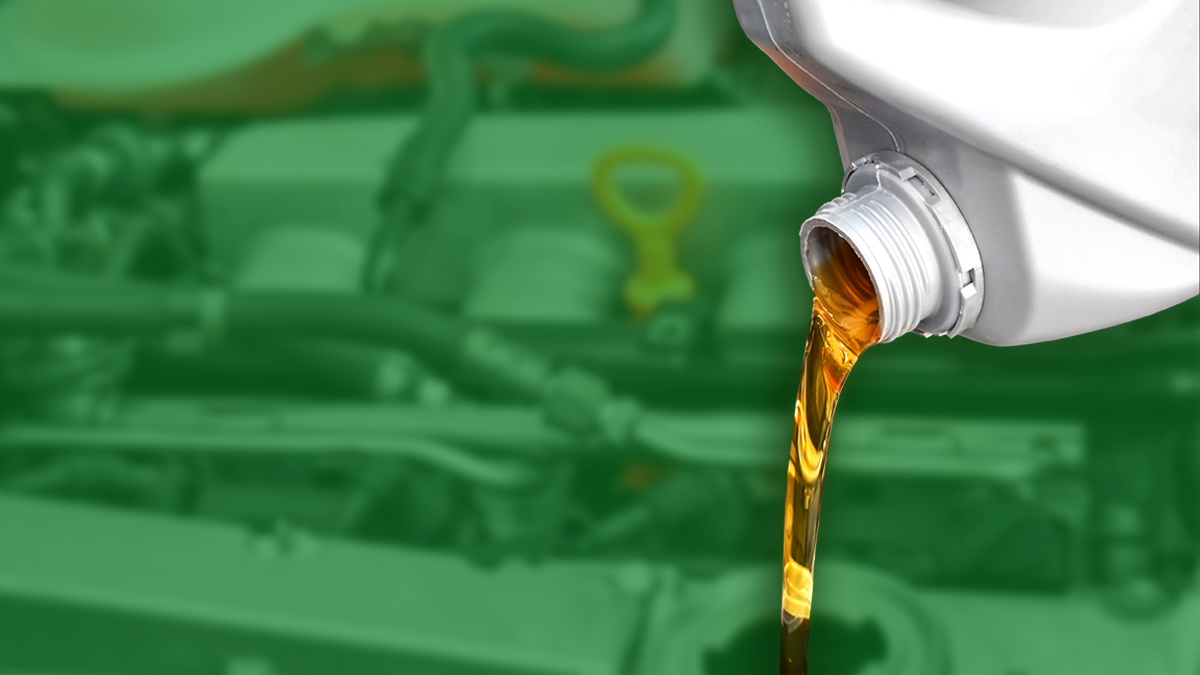Buying a used boat can be a rewarding experience. It gives you the freedom to enjoy the water without the hefty price tag of a new vessel. However, before making any purchase, it’s essential to carry out a thorough boat history check. This includes verifying ownership records, reviewing service logs, and running a boat lookup by hull number to uncover important information such as accident history, maintenance records, and specifications.
By obtaining a reliable boat history report, you gain insights that help you avoid costly repairs and unexpected surprises down the line. At ClearVIN, as a reliable VIN lookup platform, we offer tools that make checking a used boat history by hull number simple and accurate.
What Is a HIN Number on a Boat?

The hull identification number, often abbreviated as HIN, is the marine equivalent of a vehicle identification number (VIN). Sometimes referred to as a boat VIN or watercraft identification number, it is a 12- to 14-character code assigned to every boat manufactured or imported into the U.S. after November 1, 1972. The HIN is key for vessel registration, identification, and generating a vessel history report.
When you perform a boat history check using the HIN, you can discover critical information such as the manufacturer, build date, boat specifications, and whether the boat has ever been involved in an accident or theft. A valid HIN is required for any comprehensive boat lookup by VIN or hull number.
Where Is the HIN Located?
You can typically find the HIN molded or engraved into the transom (the rear part of the hull) on the starboard (right-hand) side. In some cases, the HIN may also be found on the engine mounting bracket or within the boat’s documentation. This number is essential when performing a boat lookup by hull number or requesting a boat history report.
Understanding the Boat HIN Structure
The HIN is structured into three main parts:
- A 3-character manufacturer identification code
- A 6-character serial number unique to the boat
- A date code that reflects the month and year of production
Each section contributes important details to a boat history search. For example, the manufacturer code tells you who built the boat, and the serial number can help determine its sequence in production. When decoded, the HIN can provide information about recalls, safety bulletins, and build quality.
Why Run a Boat History Check?
A boat history check can reveal whether a vessel has a clear title, outstanding liens, or prior damage that might not be visible during a physical inspection. It is a critical part of the buying process for any used boat.
Request Ownership Documentation
Ask the seller for documentation that proves legal ownership, such as a title and registration papers. These documents should match the HIN and the details found during your boat history search. Any inconsistencies should be resolved before proceeding with a sale.
Review Maintenance and Service Records
A responsible boat owner will have records of regular maintenance, repairs, and upgrades. Reviewing these can tell you how well the boat was cared for and whether it’s worth the asking price. A boat history report can also include this information if it was reported through official channels.
Look for Accident Reports or Insurance Claims
A full boat history by hull number can reveal if the vessel was involved in any accidents or claims. Such incidents may affect the boat’s structural integrity and performance. You can contact previous insurers or use a dedicated vessel history report service to access this data.
Inspect the Boat Thoroughly
While a boat history check is invaluable, it’s also important to physically inspect the boat. Look for damage, wear and tear, or signs of previous repairs. Comparing the physical condition to the information in the boat ownership history can give you added confidence in your decision.
Consult a Marine Surveyor
Hiring a professional marine surveyor to examine the boat can give you an unbiased opinion of its condition. This step is especially recommended for larger or older vessels. The surveyor’s assessment, combined with a detailed boat history report, provides a well-rounded picture of the vessel.
Check for Clear Title and Liens

Ensure the boat has a clear title by checking with the appropriate state authority or using a boat lookup by VIN. A clear title means there are no legal disputes, financial claims, or outstanding loans associated with the boat.
Additionally, investigate any existing liens. A lien indicates a financial obligation that must be settled before ownership can be transferred. A complete boat history report will typically flag any such issues, protecting you from hidden liabilities.
Use Online Tools to Check Boat History
Reliable online tools like ClearVIN’s boat lookup by hull number or boat VIN check can provide instant access to ownership records, accident history, and specifications. These services compile data from official sources, helping you get a full picture of the boat’s background before making a purchase.
Summary
A used boat can offer adventure, freedom, and savings—but only if it’s a sound investment. Running a boat history check using the HIN is one of the best ways to protect yourself from fraud, unexpected repairs, and legal trouble. From verifying ownership to reviewing the service record, a proper boat history search ensures a smooth buying experience.
At ClearVIN, we make it easy to get a boat history by hull number or perform a boat VIN check. Our reports are clear, concise, and backed by accurate data. If you have questions about your search or how to interpret a report, feel free to reach out online or give us a call at +1 (844) 268-5991 (8:00 AM–3:00 PM EST, Monday to Friday).









